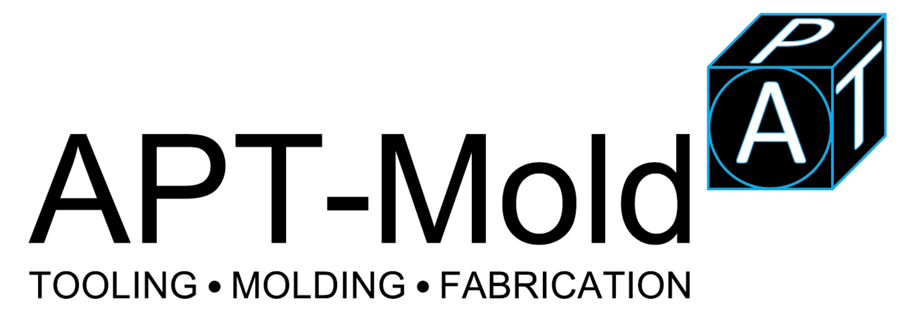Rapid Prototyping or RP can be used as an umbrella term for a group of techniques which are used to fabricate rapidly a scale model of a part or an assembly using the three-dimensional computer aided design which is also known as CAD. Stereolithography which is often considered to be the first RP technique was developed by Valencia, CA, the USA by the Department of 3D – technique. The company developed several other RP techniques and is not available in the market. Since it became popular in the field of software, rapid prototyping china has found a major use in the field of product development and designing.
Also, RP techniques have also been referred to with multiple names such as solid free-form manufacturing, layered manufacturing and computer automated manufacturing and have an obvious use for visualisation and in addition to that, RP can be utilised for testing, for example – when an airfoil shape is cast into a wind tunnel. Also, the RP techniques can be utilised for the creation of male models for tooling like the silicone rubber moulds and investment casts. At times, RP part can prove to be the final part but it must be kept in mind that RP technology doesn’t have to be hundred per cent accurate all the time.
What has made Rapid Prototyping so much desirable?
RP technique has not only increased the effective communication but also decreased the development time by permitting corrections to the product early in the process and costly mistakes when it comes to product designing. It has managed to minimize the changes in the sustaining engineering. Also, it provides an extension to the lifetime of a product by adding the required features and removing the redundant features present in the design.
The key benefit of rapid prototyping China is its use in the industry of product design and developments and I will be discussing some of the benefits of using this technology.
Realization of the Design concept – The designers have the freedom to realize their concept apart from the mental visualization or the drawing on the paper and this enables them to understand the actual feel of the product which is also beneficial to the end customer since he or she will be able to actually see and feel the product.
Incorporation of the changes – the benefit of having a physical model in hand means that you have the freedom to make changes to the design you had in mind and make it more suitable according to your client’s demand. It will also help you understand the other similar models available in the market and help you develop a product which is not only competitive but also has a higher chance of getting accepted.
Eliminate the extra costs and time – Developing a product can prove to be a time consuming and an expensive procedure but with the help of rapid prototyping China, designers can remove the cost of moulds and special tools and reduce the time required to develop the product.
